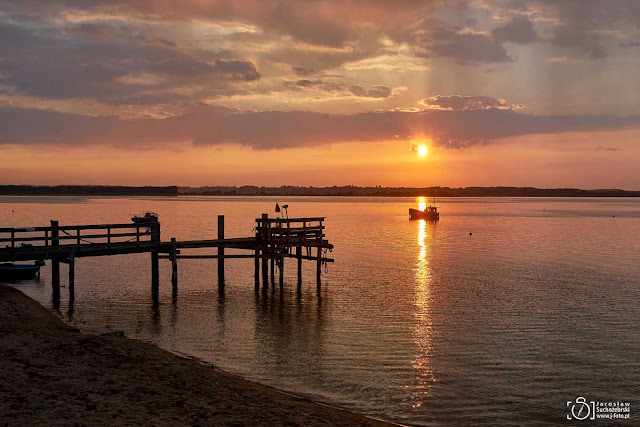Hill of Crosses (Lithuania)

Hill of Crosses (Lithuanian: Kryžių kalnas) is an incredible and magic site about 12 km north of the city of Šiauliai. It is a major site of Catholic pilgrimage in Lithuania. The first crosses were placed on the former Jurgaičiai or Domantai hill fort after the 1831 Uprising. After the 3rd partition of the Polish–Lithuanian Commonwealth in 1795, Poland and Lithuania became part of the Russian Empire. Poles and Lithuanians unsuccessfully rebelled against Russian authorities in 1831 and 1863. Families could not locate bodies of perished rebels, they started putting up symbolic crosses in place of a former hill fort. Several generations of Catholics from Lithuania, Poland and all over the world brought here not only crosses and crucifixes, but statues of the Virgin Mary, carvings of Lithuanian patriots and thousands of tiny effigies and rosaries have been brought here by Catholic pilgrims. The site took on a special significance during the years 1944–1990, when Lithuania was oc...
















